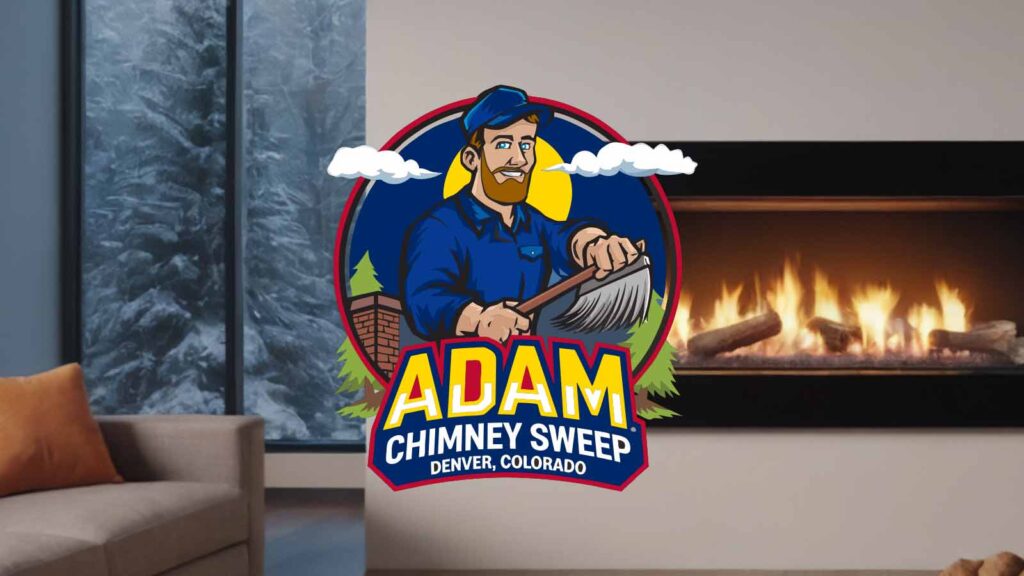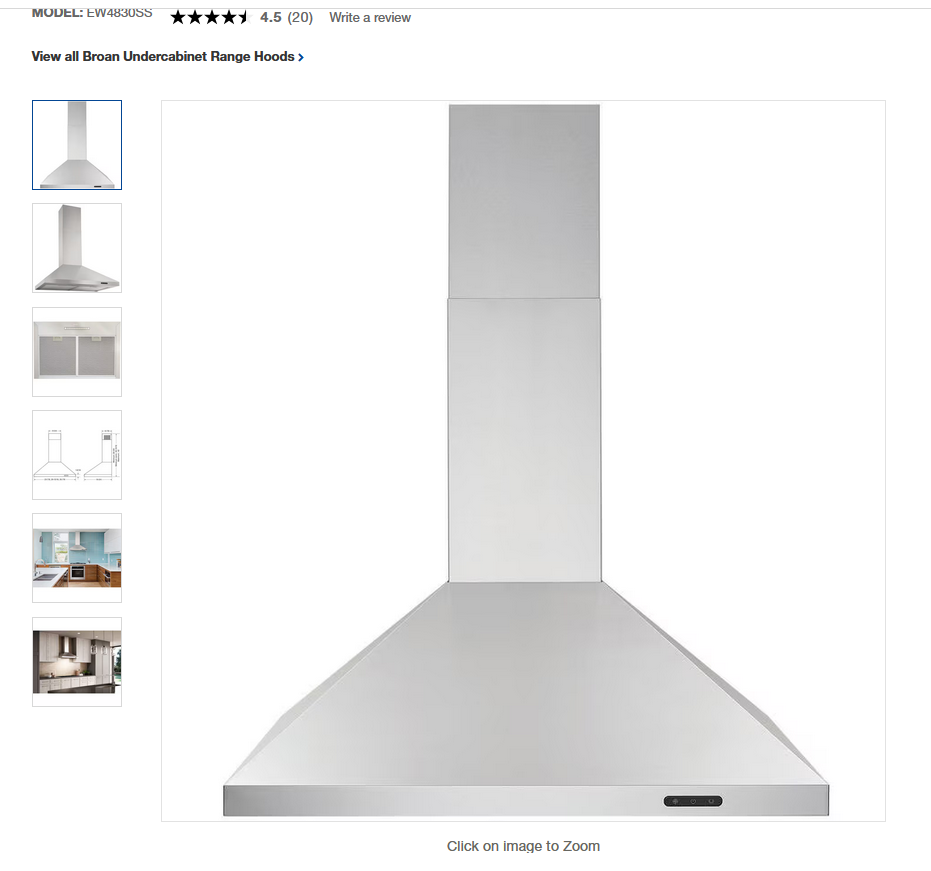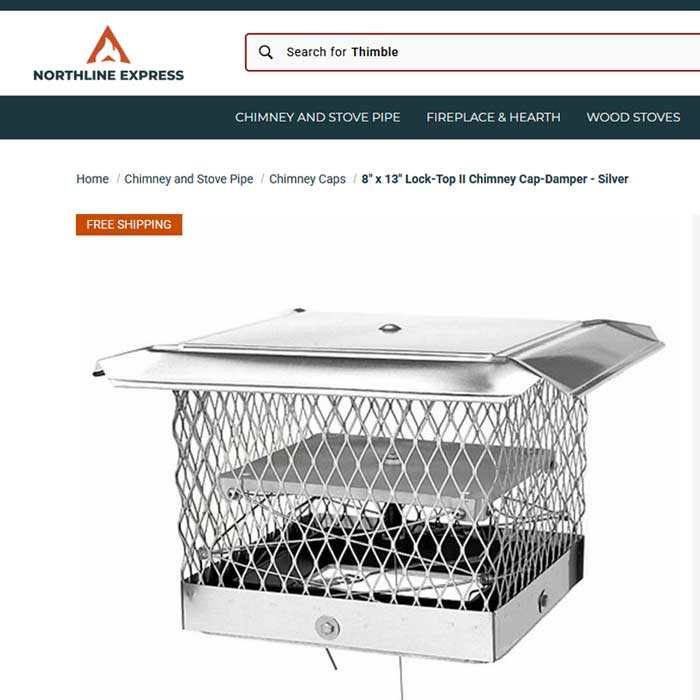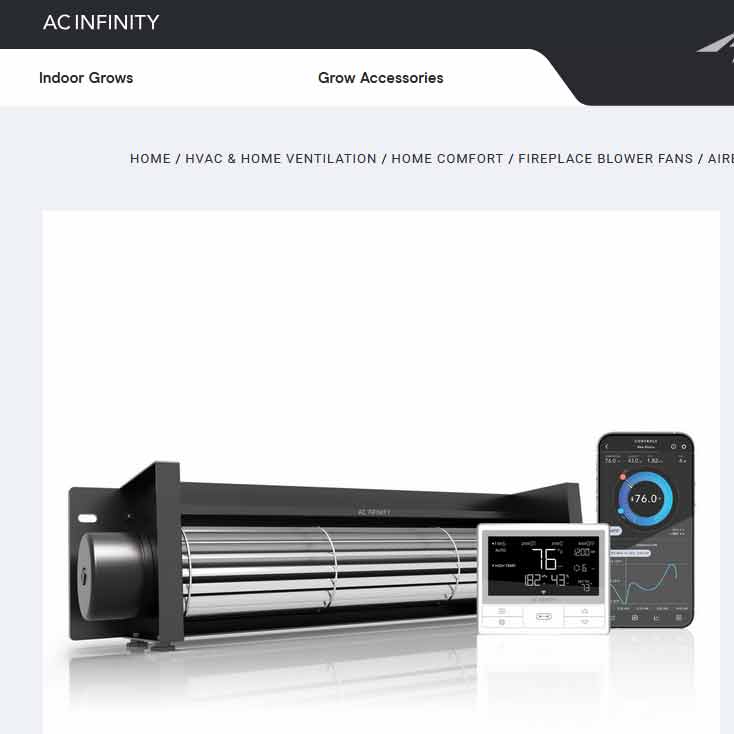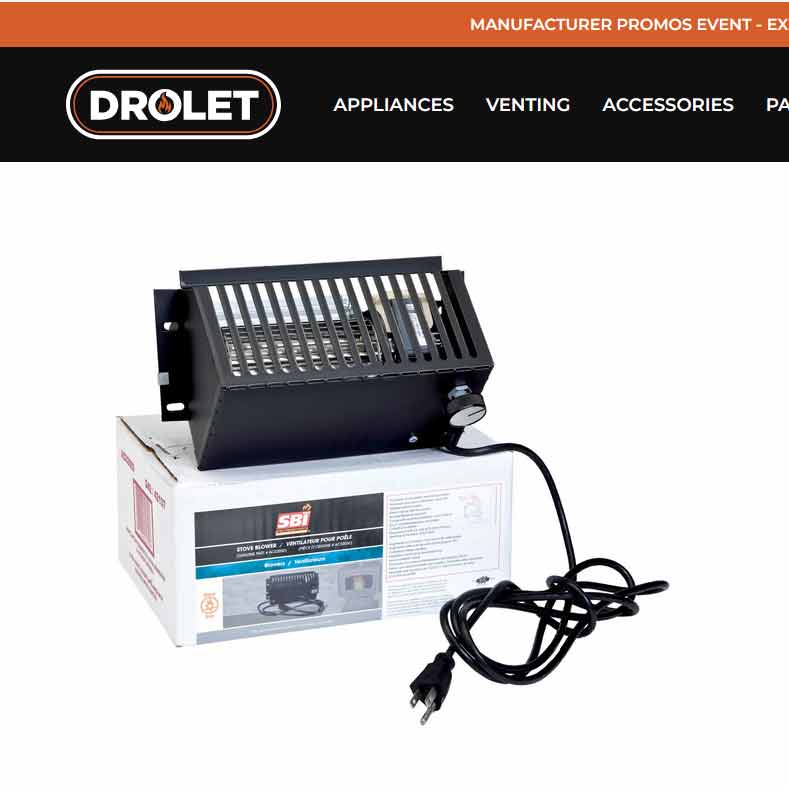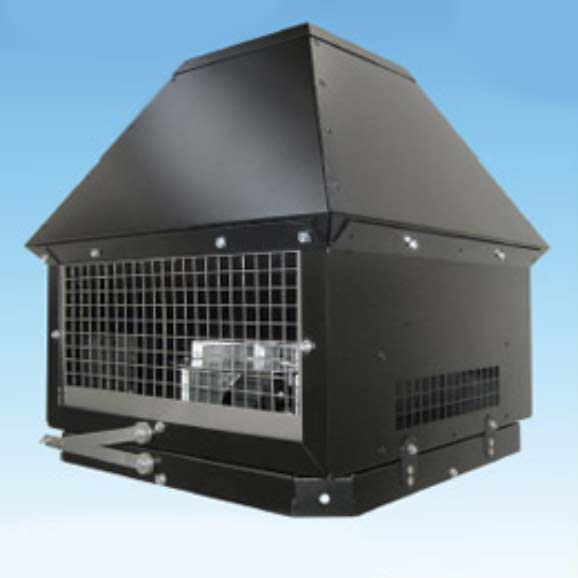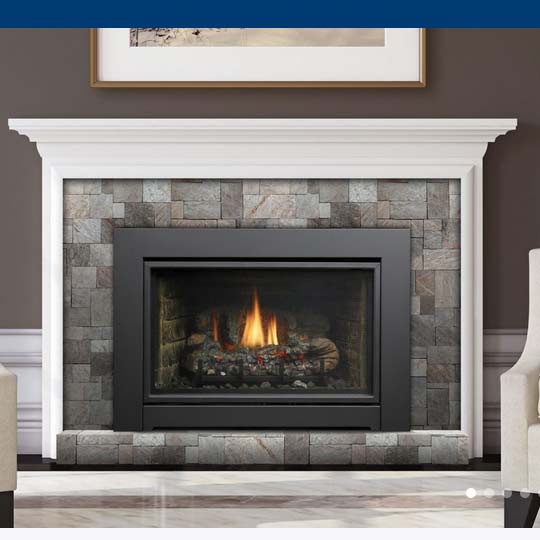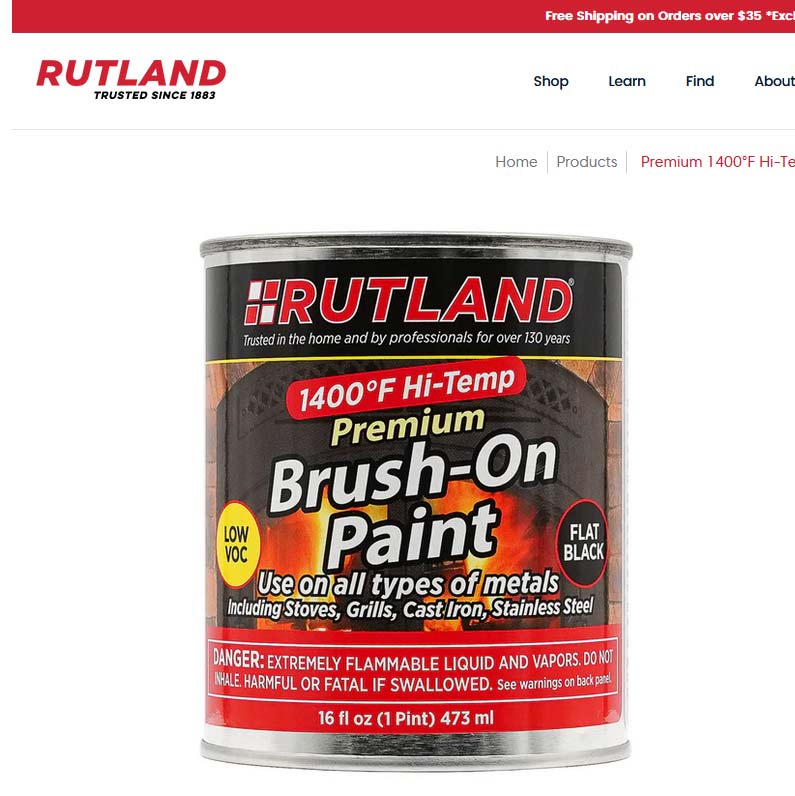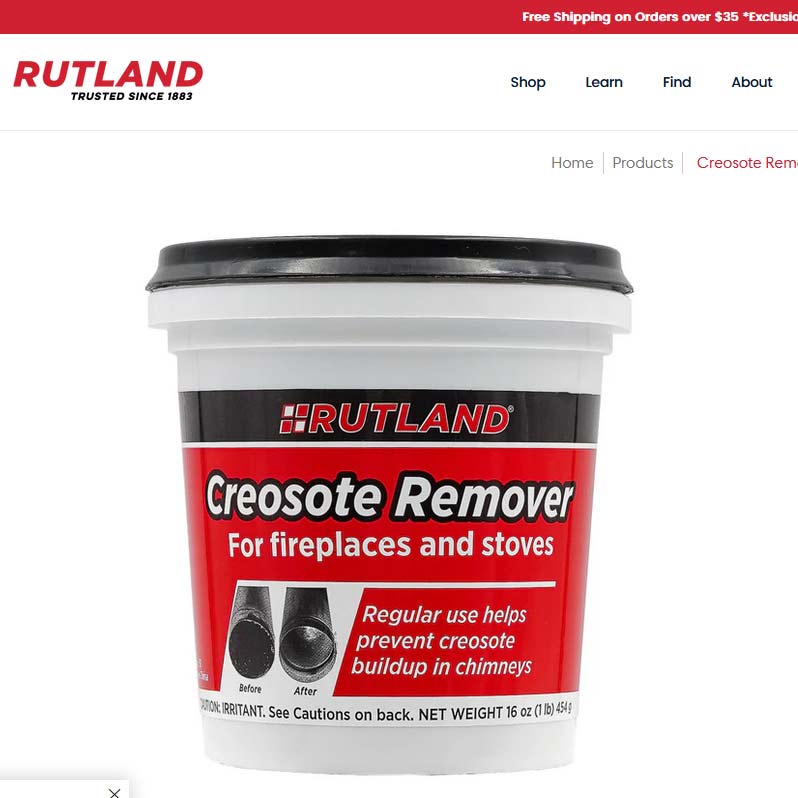Gas fireplaces have become a popular choice for homeowners across Colorado. They offer the ambiance of a traditional wood-burning fireplace without the mess or maintenance. Their efficiency, convenience, and modern design make them a go-to option for homes in urban and rural areas. This guide will explore everything you need about gas fireplace services and installation, tailored to Colorado’s unique needs and climate.
Why Choose a Gas Fireplace?
Gas fireplaces offer several advantages over traditional wood-burning systems, including:

- Ease of Use: Gas fireplaces turn on with the flip of a switch or push of a button, eliminating the need to chop wood or clean ashes.
- Energy Efficiency: Many gas fireplaces operate at 75% to 90% efficiency, meaning more heat stays in your home rather than escaping through the chimney.
- Clean Operation: Gas produces fewer emissions than wood, making it a more environmentally friendly option.
- Aesthetic Appeal: With various styles, sizes, and finishes available, gas fireplaces can complement any home decor.
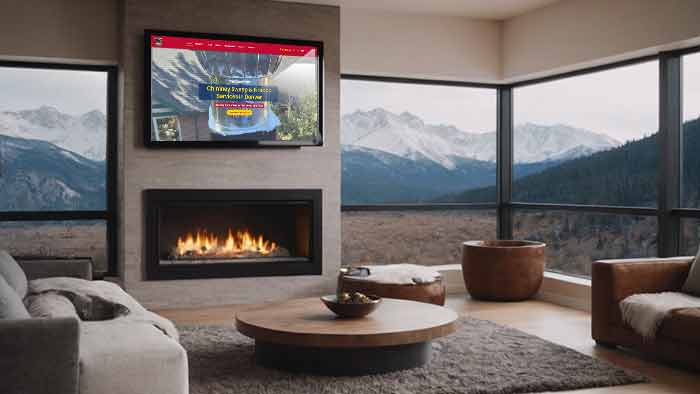
Types of Gas Fireplaces
1. Direct Vent Fireplaces
Direct vent models are the most popular choice for Colorado homeowners. These units draw air from outside for combustion and vent exhaust gases back outdoors, making them highly efficient and safe.
Key Benefits:
- Excellent for homes with good Insulation.
- Available in a wide range of designs and finishes.
- It is ideal for installation in rooms without a traditional chimney.
2. Ventless Fireplaces
Ventless fireplaces don’t require a chimney or venting system, making them easy to install in almost any room. However, they release combustion gases into the home, which can concern some homeowners.
Key Benefits:
- It is affordable and straightforward to install.
- Provide supplemental heating in areas without ventilation infrastructure.
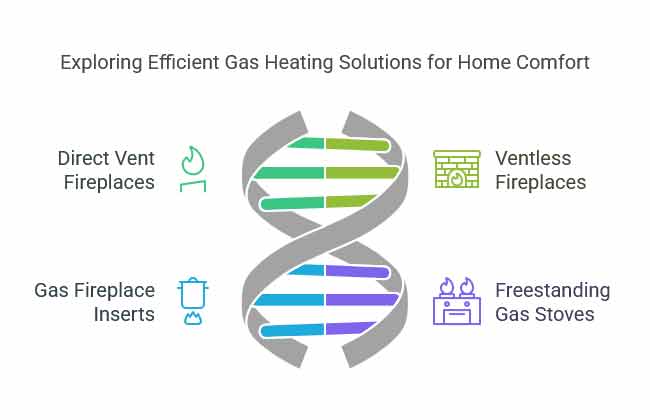
3. Gas Fireplace Inserts
Inserts are designed to fit into a wood-burning fireplace and convert it into a gas-powered unit. They are perfect for homeowners who want to upgrade without removing their old Fireplace.
Key Benefits:
- Reduce energy waste by sealing off the chimney.
- Offer a seamless blend of modern efficiency and traditional aesthetics.
4. Freestanding Gas Stoves
Resembling wood-burning stoves and freestanding gas stoves offer a rustic charm while delivering efficient heating.
Key Benefits:
- Compact and versatile in placement.
- Excellent for smaller homes or cabins.
Gas Fireplace Installation: What to Expect
Installing a gas fireplace in your Colorado home involves several steps to ensure safety, efficiency, and aesthetic appeal.
1. Planning and Permits
Professional installers will assess your home to determine the best type of Fireplace and placement. Factors include:
- The room’s size and layout.
- Availability of gas lines and electrical connections.
- Local building codes and permit requirements.
2. Gas Line Installation
A certified technician will install or modify the gas line to supply your Fireplace. Proper installation ensures safety and compliance with regulations.
3. Venting
Proper venting systems are critical for direct-vent and ventless fireplaces. Technicians will install vent pipes through the wall or roof for direct-vent models.

4. Sealing and Testing
Once installed, the Fireplace will be sealed to prevent gas leaks and tested to ensure optimal performance.
5. Aesthetic Finishing
Fireplaces are often surrounded by mantels, stone facades, or custom cabinetry to enhance their appearance and match the home’s decor.
Gas Fireplace Maintenance and Servicing
Routine maintenance is crucial for keeping your gas fireplace efficient and safe. Colorado’s variable climate, including cold winters and occasional dust storms, can impact your Ffireplace’s performance.
Annual Inspections
Hire a professional to inspect your gas fireplace annually. They’ll check:
- Gas lines for leaks.
- Pilot light operation.
- Burner performance.
- Venting system integrity.
Cleaning the Fireplace
Even though gas fireplaces produce less residue than wood-burning systems, they still require periodic cleaning. Key components include:
- Glass Doors: Remove soot buildup for clear visibility.
- Burners and Logs: Clear away dust to maintain an even flame.
- Vent Pipes: Check for obstructions or damage.
Common Issues and Troubleshooting
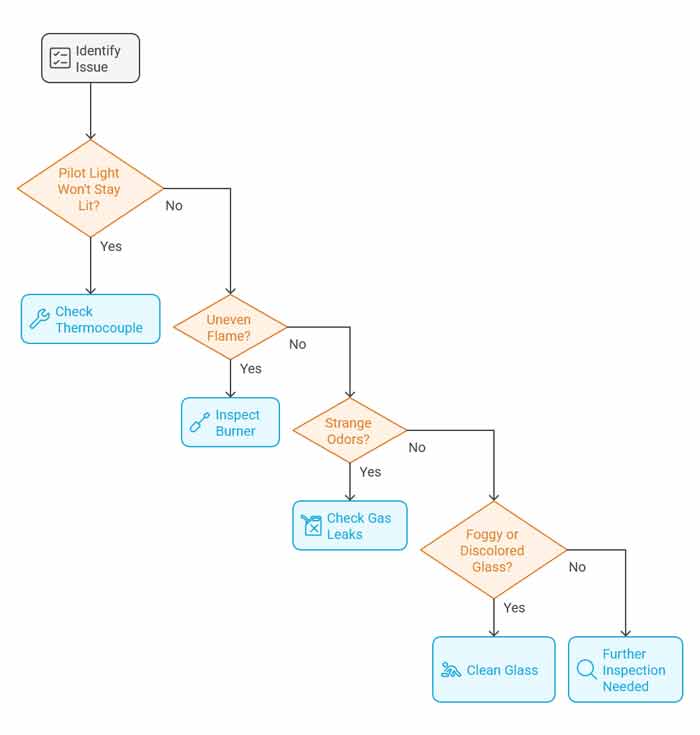
1. Pilot Light Won’t Stay Lit
This issue is often caused by a faulty thermocouple or a lack of gas supply. Professional servicing is recommended to identify and resolve the problem.
2. Uneven Flame
This can indicate clogged burners or improper gas pressure. Cleaning or adjusting the gas flow can help restore balance.
3. Strange Odors
A lingering gas smell or unusual odors may signal a leak or improper combustion. Turn off the Fireplace and call a technician immediately.
4. Foggy or Discolored Glass
This occurs when condensation or residue builds up on the glass. Cleaning with a fireplace-safe cleaner will resolve the issue.
Environmental Benefits of Gas Fireplaces
Colorado residents are increasingly concerned about their environmental footprint. Gas fireplaces offer several eco-friendly advantages:
- Lower Emissions: Natural gas and propane produce fewer greenhouse gases than wood.
- High Efficiency: Less energy waste compared to traditional wood-burning systems.
- Reduced Air Pollution: Eliminates particulate emissions associated with burning wood.
Cost of Gas Fireplace Installation and Service in Colorado
The cost of installing or servicing a gas fireplace depends on several factors, including the type of Fireplace, the complexity of the installation, and the materials used.
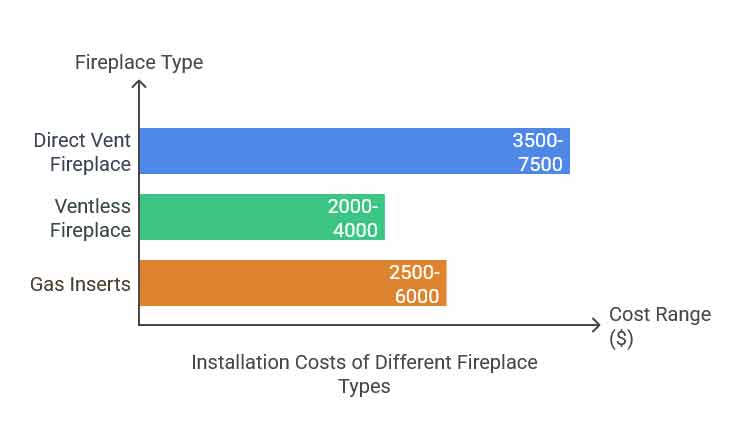
Installation Costs
- Direct Vent Fireplace: $3,500–$7,500.
- Ventless Fireplace: $2,000–$4,000.
- Gas Inserts: $2,500–$6,000.
Maintenance Costs
- Annual inspection and cleaning: $150–$300.
- Repairs: $200–$1,000, depending on the issue.
Innovative Features and Trends in Gas Fireplaces
Modern gas fireplaces have evolved far beyond their traditional counterparts, offering advanced features and sleek designs that cater to the needs of Colorado homeowners. Let’s explore top features, leading brands, and popular styles that make these units a must-have for any home.
Top Features of Modern Gas Fireplaces
1. Electronic Ignition Systems
Gone are the days of manual ignitions. Many gas fireplaces now have electronic ignition systems, allowing effortless operation via remote controls or smart thermostats. These features:
- Enable precise temperature control.
- Offer convenient scheduling for enhanced comfort.
- Reduce energy consumption by eliminating a standing pilot light.
2. Clean-Face Designs
Gas fireplaces now feature clean-face designs with minimal framing and large viewing areas, emphasizing the beauty of the flames. This style creates a seamless, elegant look that complements contemporary and traditional interiors.
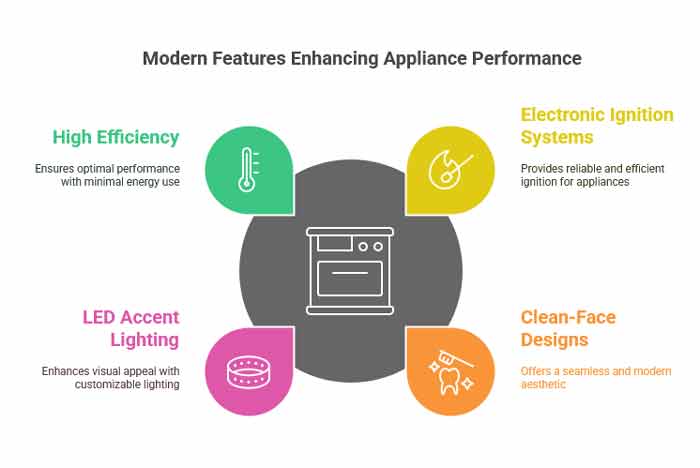
3. LED Accent Lighting and Customizable Media
Enhance the ambiance of your space with LED accent lighting. These lights can be adjusted to match your mood, while customizable media options, such as colored glass crystals, driftwood, and realistic log sets, allow for a personalized aesthetic.
4. High Efficiency and Heat Output
Gas fireplaces are perfect for Colorado’s chilly winters. With efficiency ratings of up to 99.9% and heat outputs ranging from 25,000 to 40,000 BTUs, these units efficiently heat rooms of various sizes while keeping energy costs low.
Leading Brands for Colorado Homes
Selecting a reputable brand is essential for ensuring long-term satisfaction with your gas fireplace. The following are some of the most trusted names in the industry:
1. Napoleon
Known for its innovative designs and high performance, Napoleon gas fireplaces offer a range of styles to suit different tastes. Their models often include advanced electronic ignition systems and high-efficiency ratings.
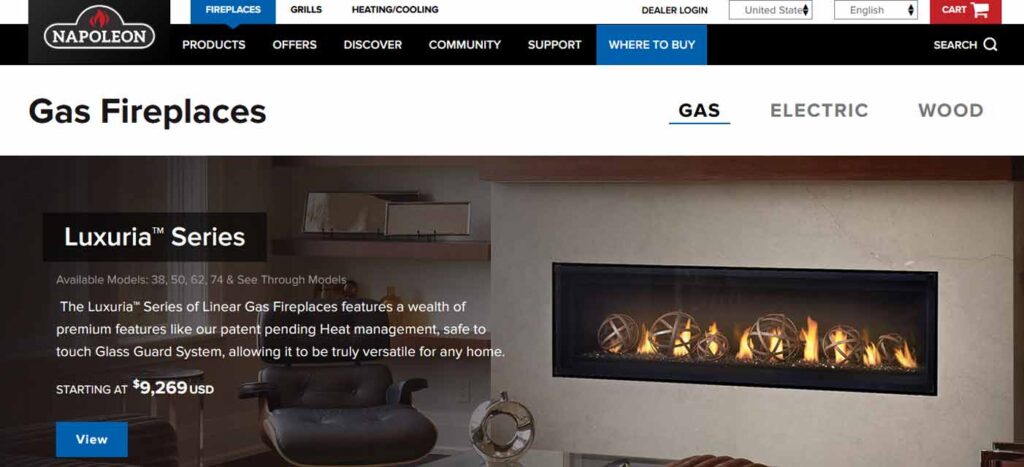
2. Monessen
Monessen fireplaces prioritize user convenience with vent-free options and customizable designs. They are ideal for homes without a traditional chimney system.
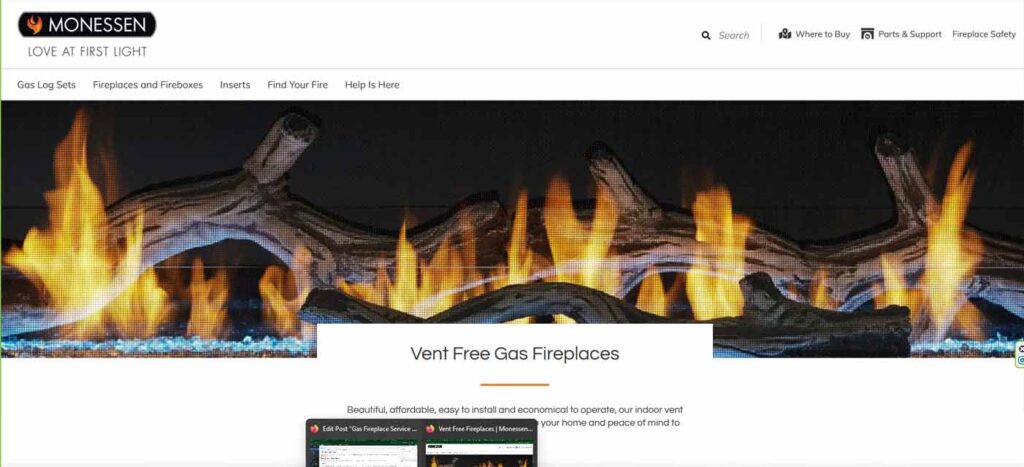
3. Empire White Mountain Hearth
Empire focuses on creating realistic flames and detailed log sets that mimic the appearance of wood-burning fireplaces. Their see-through and multi-sided models are particularly popular for modern spaces.
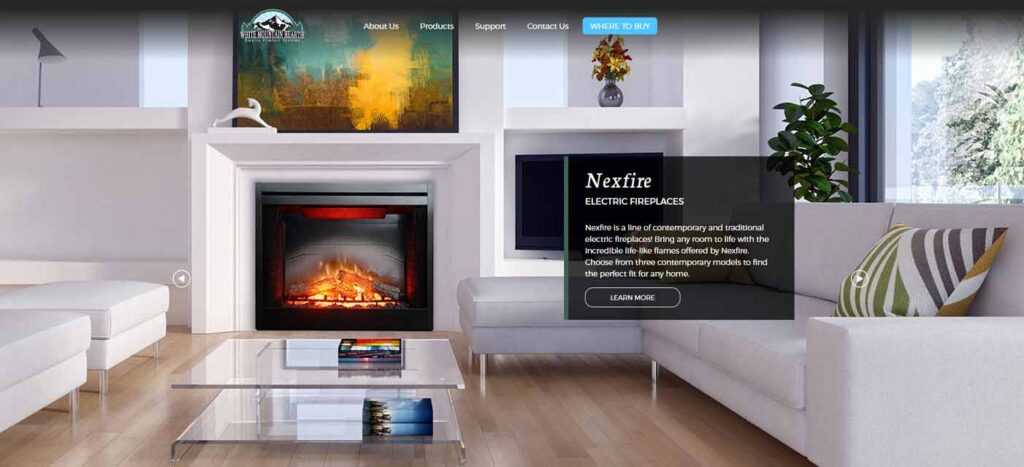
4. Majestic
Majestic fireplaces combine traditional craftsmanship with modern technology, offering models that integrate seamlessly into various architectural styles.
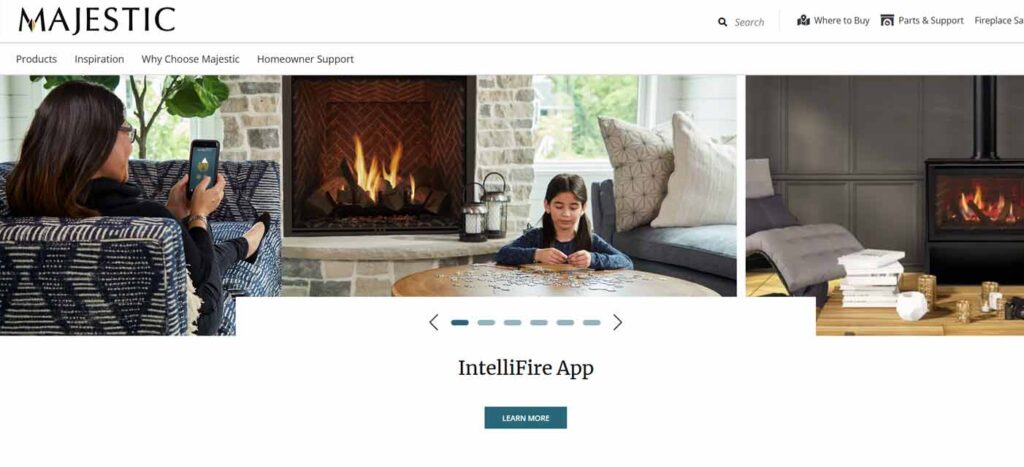
5. Superior
With sleek designs and efficient heating capabilities, Superior fireplaces cater to contemporary homeowners looking for aesthetics and practicality.
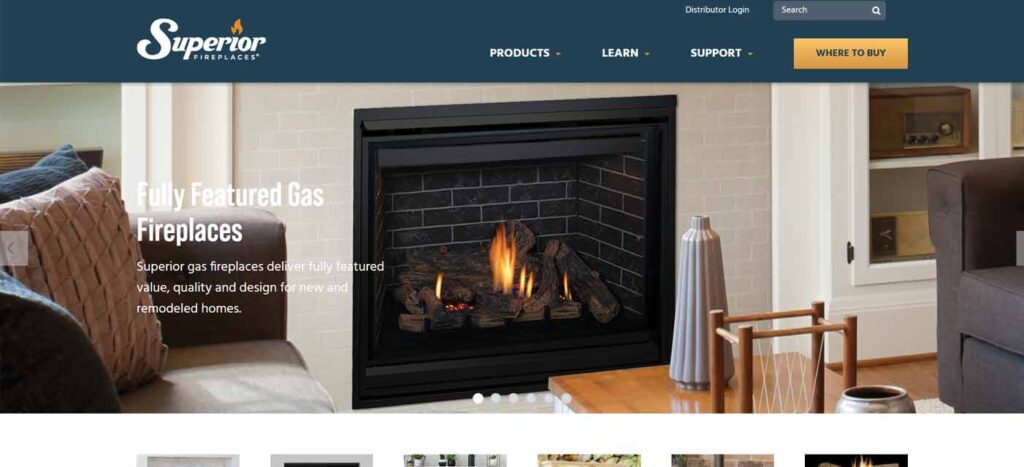
Fully Featured Gas Fireplaces
Popular Styles for Gas Fireplaces
1. Linear/Contemporary Models
These sleek, elongated fireplaces are perfect for modern homes. They often feature clean lines, glass media, and customizable LED lighting, making them a stunning focal point.
2. Traditional Models
For homeowners who love the charm of a classic fireplace, traditional gas units offer realistic log sets and rich detailing to replicate the appearance of a wood-burning hearth.
3. See-Through and Multi-Sided Models
Ideal for dividing spaces or enhancing open-concept layouts, these fireplaces provide a view of the flames from multiple angles, adding a touch of sophistication to any room.
Key Benefits of Gas Fireplaces
1. Clean-Burning and Smoke-Free Operation
Gas fireplaces produce no ash, soot, or smoke, making them an eco-friendly and low-maintenance heating solution.
2. Easy Installation
Ventless options allow for straightforward installation, even in homes without a chimney.
3. Remote Control Operation
Enjoy the convenience of controlling your Fireplace with a button or smartphone app. Many units also include smart thermostats for precise temperature management.
4. Reliable Heat Source
With battery backup systems, gas fireplaces can continue functioning during power outages, ensuring consistent warmth when needed.

Shifting Trends in Gas Fireplaces
Colorado homeowners gravitate toward units combining modern aesthetics with practical heating capabilities. The latest models emphasize:
- Advanced Technology: Features like Wi-Fi-enabled controls, integrated smart home compatibility, and efficient ignition systems.
- Eco-Friendly Heating: Higher efficiency ratings reduce energy consumption while delivering powerful heat.
- Design Versatility: Fireplaces can be tailored to individual preferences, from rustic, log-filled models to sleek, contemporary designs.
The Importance of Professional Installation
Installing a gas fireplace requires expertise to ensure safety, compliance with local codes, and optimal performance. A professional technician will:
- Assess your home’s gas line and ventilation requirements.
- Install the Fireplace according to manufacturer specifications.
- Conduct safety tests to prevent gas leaks and ensure proper operation.
Choosing a licensed and experienced installer is especially crucial for Colorado homeowners, as the varying altitude and climate conditions affect performance.
Maximizing the Efficiency of Your Gas Fireplace
Gas fireplaces are already efficient heating solutions, but a few strategies can further optimize their performance in Colorado’s varied climate.
1. Use a Programmable Thermostat
A programmable or smart thermostat can help you maintain a consistent temperature, reducing energy waste. Set the thermostat to lower the heat when you’re not home, and warm up your space before you return.
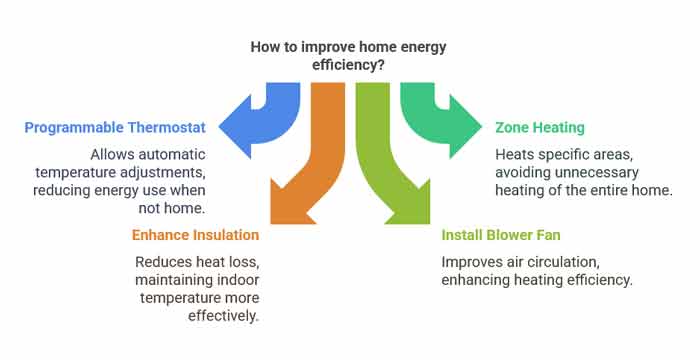
2. Zone Heating
Gas fireplaces are excellent for zone heating. This cost-effective and energy-efficient approach allows you to heat specific areas of your home while lowering the thermostat for unused spaces.
3. Enhance Insulation
Improving your home’s Insulation reduces heat loss, allowing your gas fireplace to maintain a comfortable temperature with less effort.
4. Install a Blower Fan
A blower fan circulates warm air more effectively, ensuring even heat distribution throughout the room. Many modern fireplaces include this as a built-in feature or an optional upgrade.
Gas Fireplace Safety Tips for Colorado Homes
While gas fireplaces are generally safer than wood-burning models, it’s essential to follow these safety guidelines:
1. Install Carbon Monoxide Detectors
Although gas fireplaces are clean-burning, a malfunction could lead to carbon monoxide leakage. For peace of mind, install detectors on every level of your home.
2. Schedule Regular Inspections
Annual inspections by a certified technician ensure that components like gas lines, burners, and vents function correctly.
3. Keep Flammable Items Away
Maintain a safe clearance around the Fireplace to prevent accidental fires. Avoid placing furniture, drapes, or decorations too close.
4. Childproof Your Fireplace
Consider installing a safety screen for households with children to prevent accidental burns.
Customizing Your Gas Fireplace
One significant advantage of gas fireplaces is their versatility in design and customization. Colorado homeowners can choose features and finishes that complement their lifestyle and decor.
Media Options
- Traditional Log Sets: Realistic ceramic or fiber logs replicate the look of a classic wood fire.
- Glass Crystals: Colored glass media creates a contemporary and vibrant aesthetic.
- Driftwood: A popular choice for rustic or coastal themes.
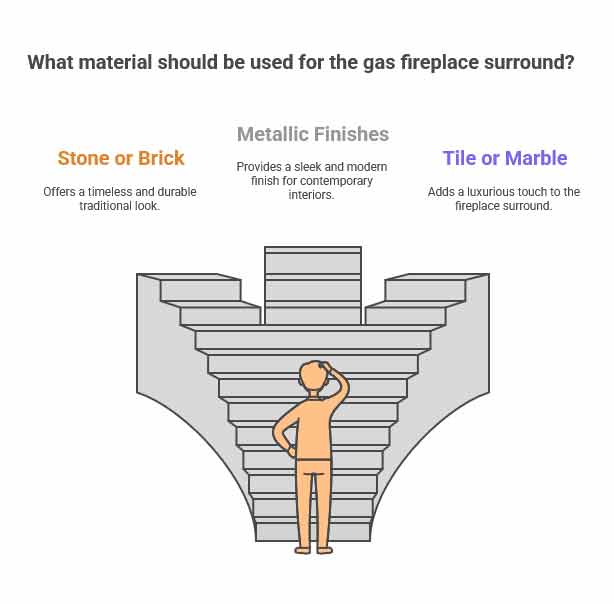
Surround Materials
- Stone or Brick: Timeless and durable options for a traditional look.
- Metallic Finishes: Sleek, modern finishes for contemporary interiors.
- Tile or Marble: Adds a touch of luxury to the fireplace surround.
Built-In Features
Many modern fireplaces offer built-in features like:
- Wi-Fi connectivity for remote operation.
- Adjustable LED lighting to enhance ambiance.
- Recessed installation for a minimalist appearance.
Gas Fireplace Services and Comprehensive Costs for Colorado in 2025
Gas fireplaces are an increasingly popular choice in Colorado for their clean-burning efficiency and aesthetic appeal. Whether you’re looking to install a new unit, upgrade an existing system, or maintain a fireplace already in place, understanding the associated costs is crucial. Below is a detailed breakdown of the expenses and services involved.
Product Costs
The type of gas fireplace you choose significantly impacts the overall project cost. Here’s a table outlining 2025 prices for standard fireplace options:
| Product Type | Price Range | Key Features |
|---|---|---|
| Standard Gas Fireplace Insert | $1,500 – $3,500 | Efficient heating, modern designs, suitable for retrofitting. |
| Gas Log Fireplace Insert | $200 – $1,500 | It is affordable, adds ambiance, and has minimal heat output. |
| Ventless Units | $700 – $2,500 | Easy installation, no venting required. |
| Vented Units | $2,500 – $3,500 | Realistic flames and venting ensure safe operation. |
Installation Components
A gas fireplace installation involves various components, which add to the project’s complexity and cost:
| Component | Cost Range | Details |
|---|---|---|
| Gas Line Installation | $350 – $2,000 | For homes without an existing gas connection. |
| Gas Line Extension | $250 – $500 | Extending an existing line to the fireplace location. |
| Venting/Chimney Work | $1,000 – $6,000 | Includes direct vent or chimney relining. |
| Mantel Addition | $500 – $5,000 | Custom mantels enhance the Ffireplace’s aesthetic appeal. |
| Glass Doors | $600 – $2,000 | Protects the unit and increases efficiency. |
Installation Costs
Professional installation ensures safety, compliance with local codes, and optimal performance. Here’s a breakdown:
| Service | Cost Range | Notes |
|---|---|---|
| Basic Installation | $1,200 – $6,000 | Includes labor, venting, and basic setup. |
| Permit Fees | $100 – $400 | Required by local authorities for safety inspections. |
| Professional Labor Rate | $83 – $151 per hour | Rates vary based on experience and project complexity. |
| Total Project Costs | Cost Range | Details |
|---|---|---|
| Budget-Friendly Options | $496 – $5,300 | Simple installations with minimal components. |
| Standard Installations | $2,300 – $10,000 | Includes high-quality units and professional labor. |
| High-End Installations | $8,450 – $26,816 | Custom designs, advanced features, and premium materials. |
Annual Operating Costs
Owning a gas fireplace involves recurring expenses for fuel and maintenance. Here’s what you can expect in Colorado:
Fuel Costs
| Fuel Type | Cost Per Hour | Estimated Monthly Use | Seasonal Use (3-4 Months) |
|---|---|---|---|
| Natural Gas | $0.35 – $0.50 | $40 – $190 | $120 – $760 |
| Propane | $0.50 – $1.05 | $60 – $250 | $180 – $1,000 |
Maintenance Costs
| Service | Cost Range | Details |
|---|---|---|
| Annual Service | $195 – $230 | Includes inspection, cleaning, and minor adjustments. |
| Common Repairs | $100 – $2,000 | Costs depend on the extent of damage or required parts. |
| Pilot Light Replacement | $100 – $350 | Common repair for ignition issues. |
| Thermocouple Replacement | $150 – $350 | Essential for ensuring safe and efficient operation. |
Factors Influencing Final Costs
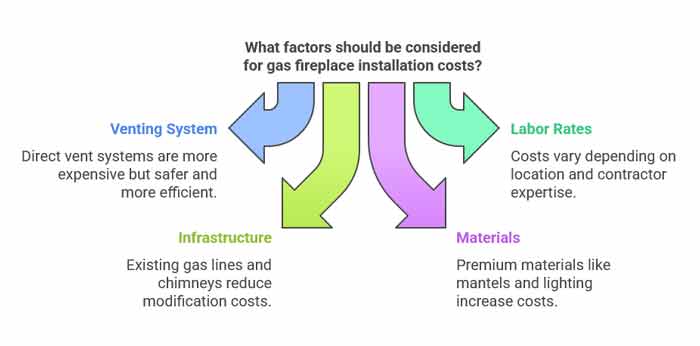
Several variables determine the overall expense of installing or maintaining a gas fireplace:
- Type of Venting System: Direct vent systems are more expensive but safer and more efficient.
- Local Labor Rates: Costs vary depending on location and contractor expertise.
- Existing Infrastructure: Homes with existing gas lines and chimneys require fewer modifications.
- Materials and Finishes: Premium mantels, glass doors, and LED lighting add to the cost.
- Permits and Inspections: Local regulations may require additional approvals or safety checks.
How Gas Fireplaces Enhance Colorado Living
Gas fireplaces are a valuable investment for Colorado homeowners. They offer comfort and style while reducing energy costs. These units cater to diverse needs nationwide with advanced features like electronic ignition, customizable designs, and high efficiency.
Whether in a bustling city or a quiet mountain town, a professionally installed gas fireplace will keep your home warm and inviting year-round.
FAQs About Gas Fireplaces in Colorado
Q: Can I install a gas fireplace in a home without a chimney?
A: Ventless gas fireplaces are designed for homes without chimneys, making installation straightforward and cost-effective.
Q: How long does a gas fireplace last?
A: Properly maintaining a high-quality gas fireplace can last 15–20 years.
Q: Are gas fireplaces eco-friendly?
A: Gas fireplaces produce fewer emissions than wood-burning models, making them a cleaner heating option.
Q: Can I convert my wood-burning Fireplace to gas?
A: Absolutely! Gas inserts are designed specifically for converting existing wood-burning fireplaces.

Why Gas Fireplaces Are Perfect for Colorado Living
Colorado’s weather can swing from snowy winters to mild summers, making a gas fireplace an ideal heating solution. Here’s why they’re especially suited for the Centennial State:
1. Altitude Adaptability
Gas fireplaces are built to function efficiently even at higher altitudes, ensuring steady performance in Colorado’s mountainous regions.
2. Reliable Backup Heating
With battery backup systems, gas fireplaces can provide heat during power outages—a valuable feature during Colorado’s winter storms.
3. Eco-Conscious Heating
As residents become more environmentally aware, the clean-burning efficiency of gas fireplaces aligns perfectly with sustainable living goals.
Professional Gas Fireplace Services in Colorado
From installation to routine maintenance, professional services are essential for maximizing the lifespan and efficiency of your gas fireplace.
Our Services Include:
- Expert installation tailored to your home’s layout and requirements.
- Comprehensive annual inspections to identify and resolve issues early.
- Customized upgrades for enhanced performance and aesthetics.
- Emergency repairs for sudden malfunctions or safety concerns.
